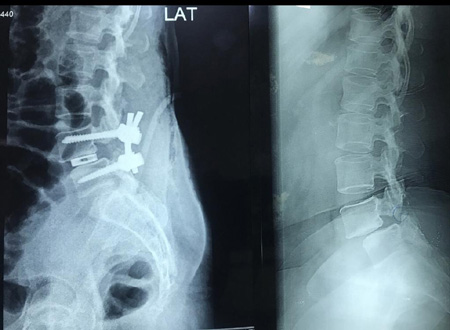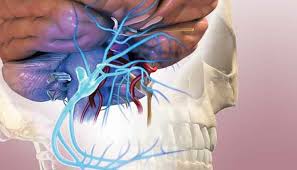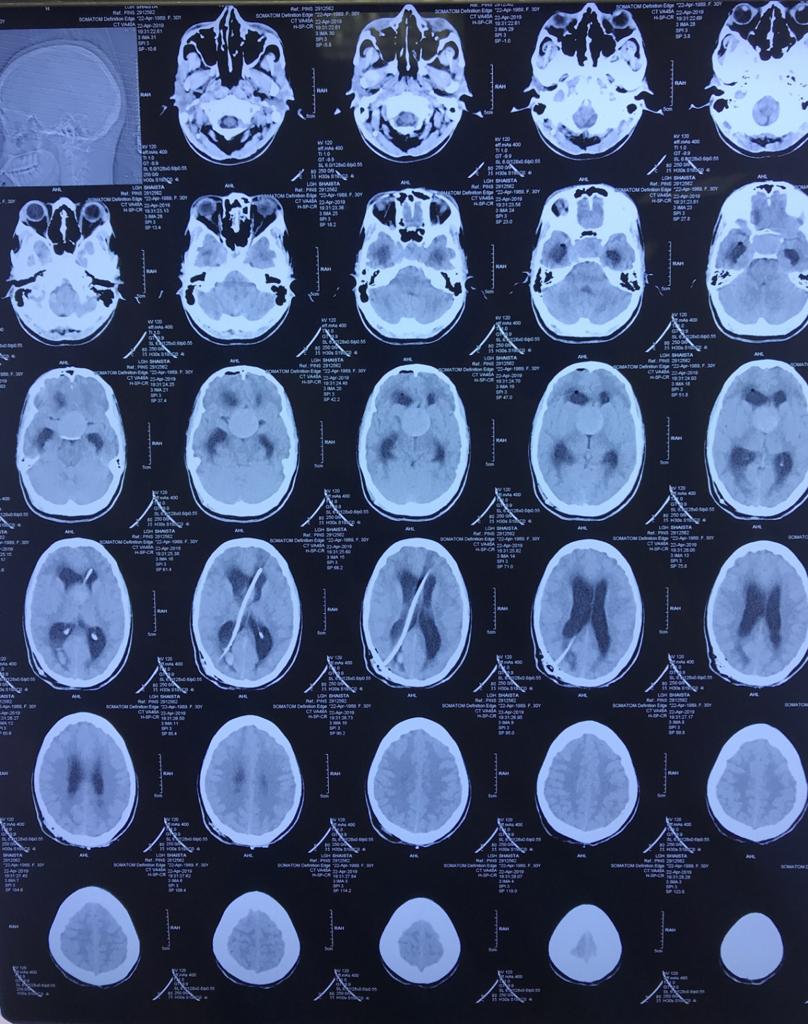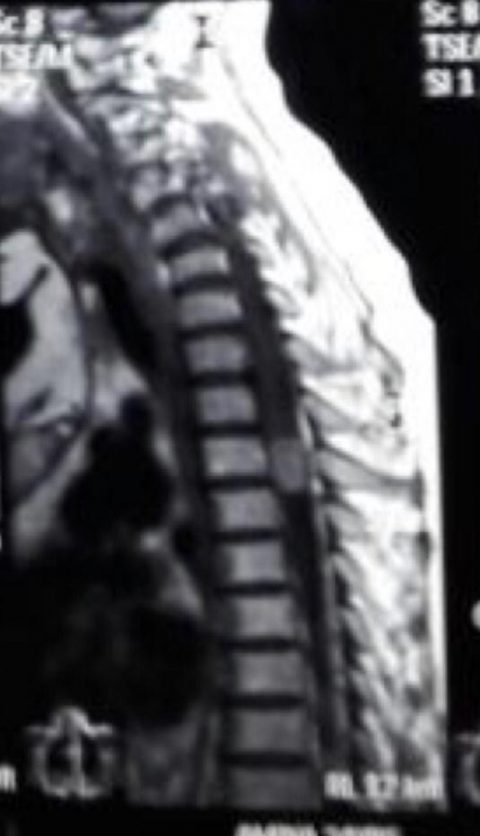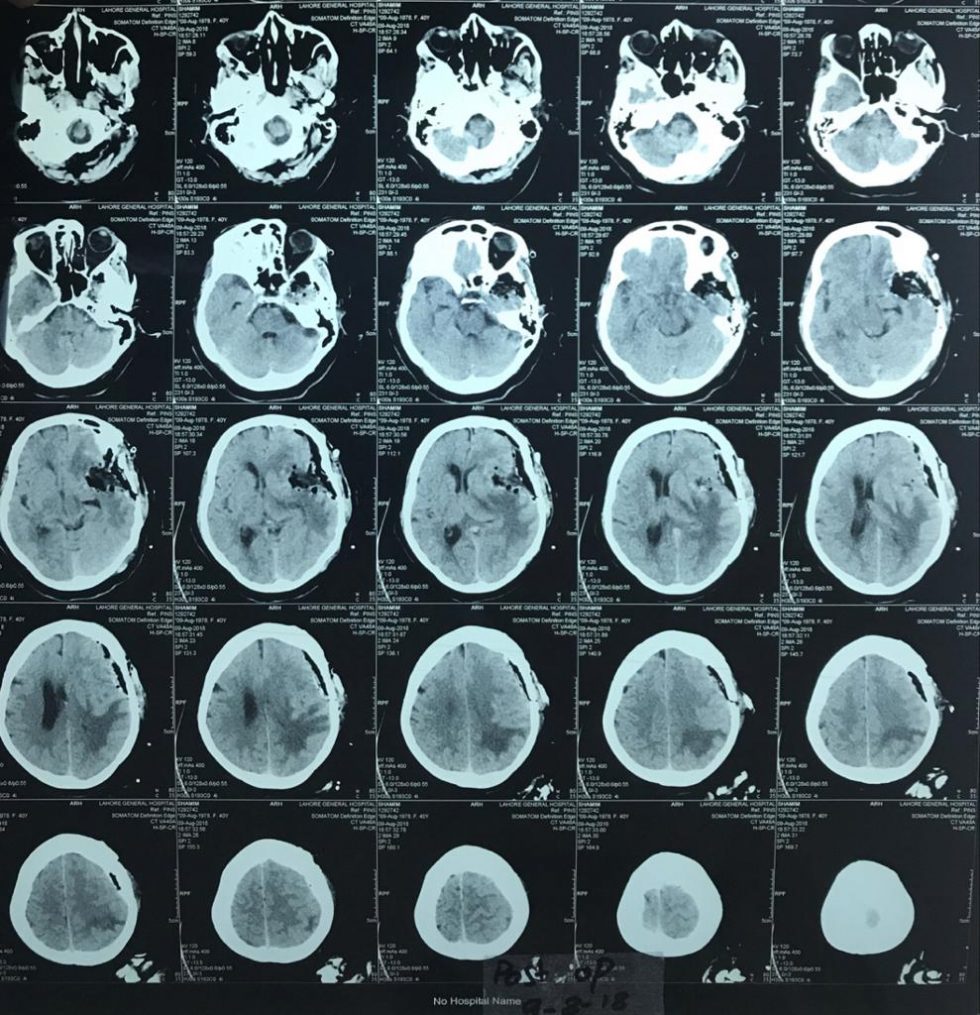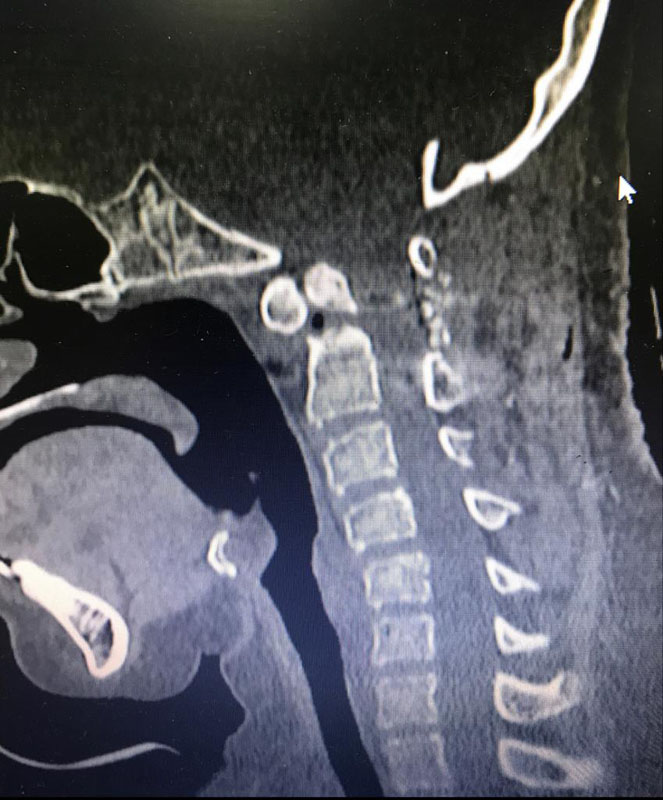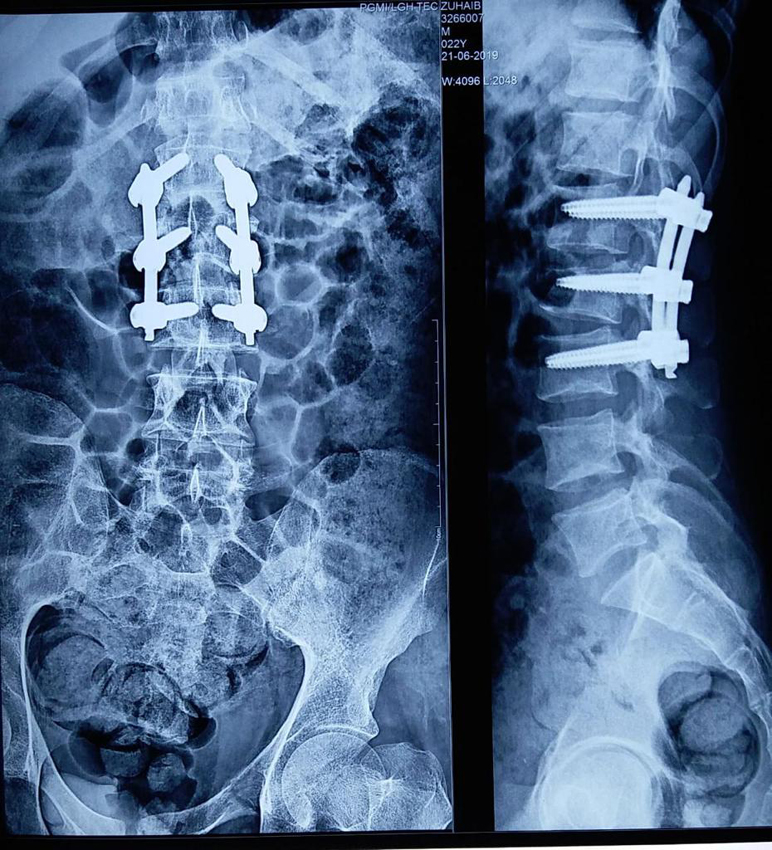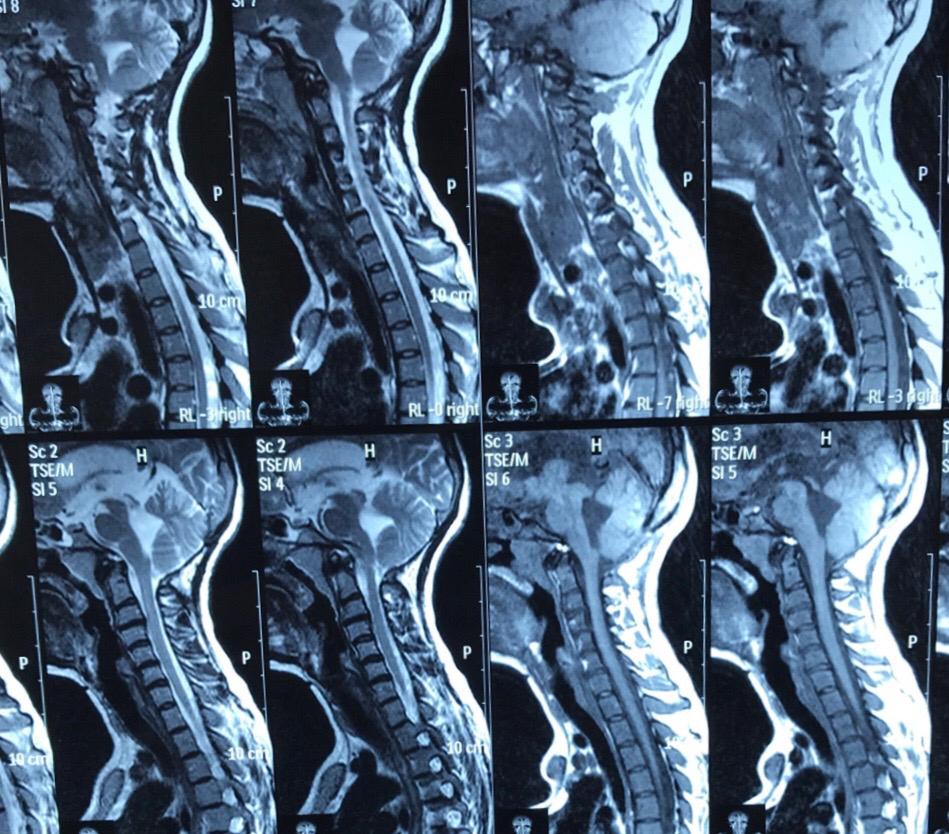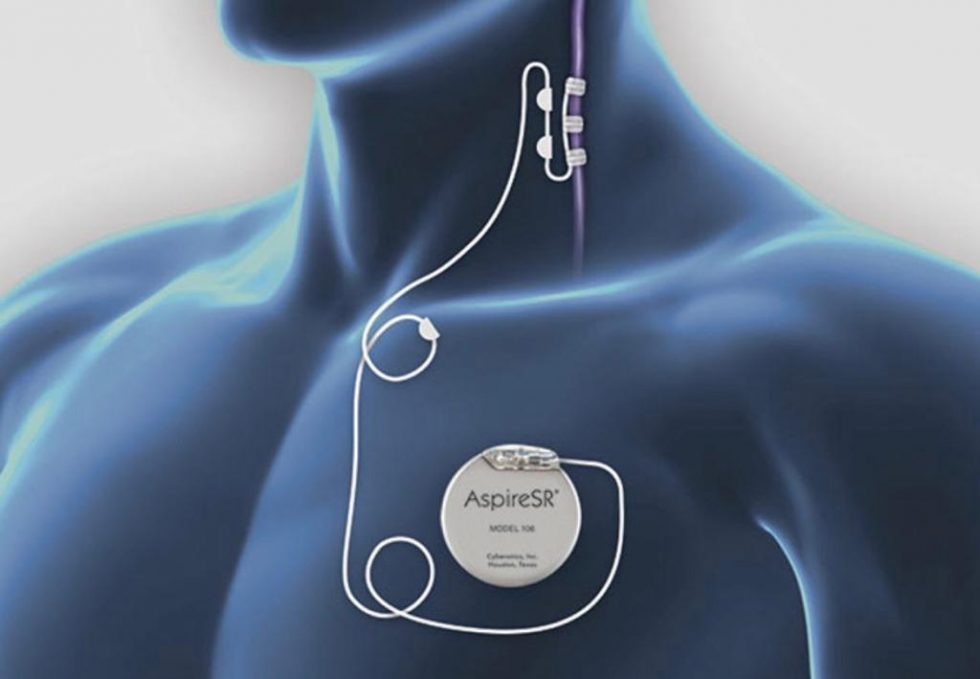My Services
Degenrative Spine Disease
The human spine undergoes degeneration with time, in form of reduced disc height, increase in thickness of ligaments & bones, sometimes accompanied by bony spurs (osteophytes) & disc prolapse. All these changes cause compression of spinal cord & nerves resulting in pain in spine, numbness & weakness of arms or legs, difficultly in walking and in worst circumstances it can also cause paralysis. The treatment comprises of decompression of nerve roots & spinal cord, and fixation of spine in cases of instability.
Trigeminal Neuralgia
Trigeminal Neuralgia (TGN) is characterised by severe electric shock like facial pain that lasts for few seconds, with pain free intervals & typically occurs in area Trigeminal nerve. Pain is often incited by touch, chewing or air contact with specific area on face. TGN is most commonly caused by vessel coming in contact with Trigeminal nerve, other causes include Arachnoid Adhesions, Tumours & Multiple Sclerosis. Medical therapy is first line treatment for TGN with excellent pain control in most of patients. However, 50% of patients with TGN ultimately need surgery due to late failure of medical therapy or side effects of medicine. Surgical options include Radiofrequency Rhizotomy ( RFR) & Micrvascular decompression (MVD) of TGN.
Hydrocephalus
Hydrocephalus, that is increase in volume of Cerebrospinal fluid (CSF) in skull, can result from abnormalities in brain development, trauma, infection, tumours or after surgery. Although hydrocephalus is a benign condition but it results in raised intracranial pressure (pressure inside skull), which can be life threatening. For long time patients with hydrocephalus are treated with Shunting procedures which divert CSF from brain to peritoneal cavity or heart. The surgery is life saving procedure with immediate relief of symptoms. Endoscopic Third Ventriculostomy is used as an alternative to shunt. It is Minimally Invasive procedure with much less complications, therefore is procedure of choice in selected cases.
Spinal Tumor Surgery
Spine & spinal cord are affected by wide variety of tumours, some arise from the spinal cord & spine itself while others may originate from other organs & deposit in spine. The spinal tumors present manifest with pain in back, weakness & numbness of body, loss of urine control or walking difficulties. Early diagnosis & management of spinal tumours is imperative as outcome depends on directly in status of patient at time of diagnosis. Most of the intrinsic spinal tumours are benign in nature & good outcome can be achieved with appropriate treatment.
Brain Tumours
Brain tumour is a serious disease, resulting from uncontrolled growth of cells. Common symptoms of Brain tumours include headache, nausea, vomiting, fits or weakness of affected half of body. Although brain tumours are generally considered to have grave outcome but it’s not true for all brain tumours. Many of brain tumours are benign & cure can be achieved. In modern neurosurgical era, most of the brain tumours can be excised safely & patients enjoy good quality of life. Evolution of Minimal Invasive Brain Surgery for excision of brain tumours has significantly reduced surgical complications with much better cosmetic results.
Congenital Spinal Abnormalities
Spine is affected by wide variety development abnormalities. Most of these abnormalities are obvious at birth, however there are several congenital anomalies which present later in life. Congenital Spinal abnormalities presents with pain, neurological deficit, spine abnormalities. Common congenital spinal abnormalities include Spinal Drysraphism, Basilar Invagination, Spinal Arachnoid cysts & so on. Most of these abnormalities can be treated surgical with acceptable surgical outcome.
Spinal Injury
Injury to spine is a serious condition & needs to be managed on urgent basis. Spinal cord injuries can result from road side accidents, falls, tumor or weak bones due to ageing (osteoporosis). Acute spinal cord injury can cause significant disability by rendering limbs paralysed. It is an emergency condition & should be treated within 6 hrs of injury. As many as 30% of patients with complete paralysis can regain function of their limbs, if treated within 6 hrs of injury. Once significant time has elapsed without appropriate treatment, the damage to spinal cord becomes permanent & almost irreversible, no medical treatment can help in recovery. Therefore, it is imperative not to waste precious time in case of spinal injuries as timely treatment can prevent life long disability.
Development Brain Abnormalities
Development of human brain is a delicate phenomenon & involves multiple complex steps. There are many diseases that result from abnormal brain development & some are amenable to surgical treatment such as Arnold Chiari Malformation & Aqueductal stenosis. The clinical manifestation varies according to pathology & so is the treatment. Arnold Chiari Malformation is most common congenital brain anomaly encountered in Neurosurgery. The treatment varies from Endoscopic Third Ventriculostomy or Ventriculoperitoneal shunt to Posterior fossa decompression.
Epilepsy
Epilepsy results from abnormal electrical discharge from brain cells (Neurons). Epilepsy can be idiopathic, that is without any identifiable underlying cause or secondary to some brain pathology such tumor, infection & trauma. First line treatment of primary epilepsy is with medicines, however treatment of secondary epilepsy focuses on treating underlying cause. Even primary epilepsy is treated surgical when medical treatment fails. The options include surgical removal of epileptic focus, deep brain stimulation & vagus nerve stimulation.
